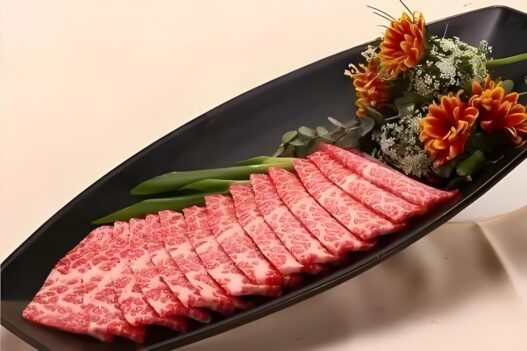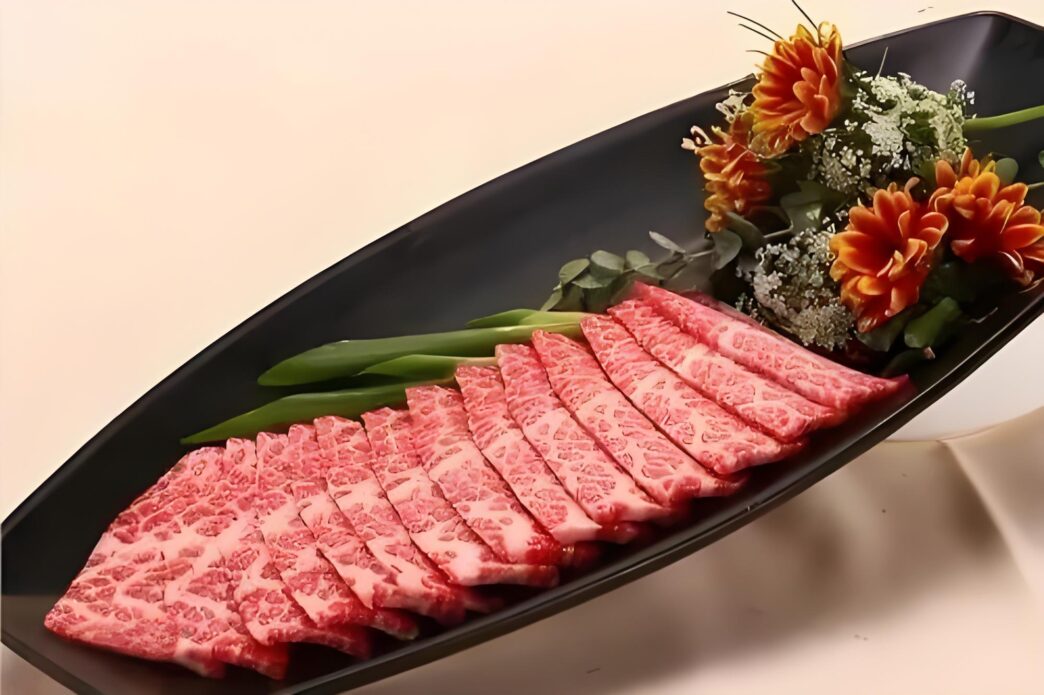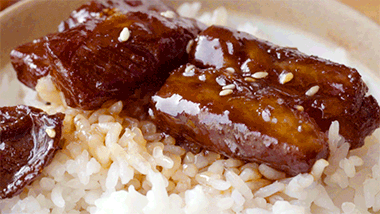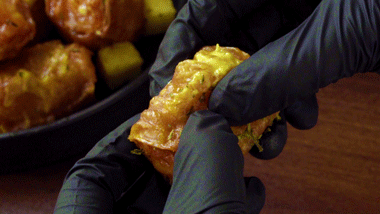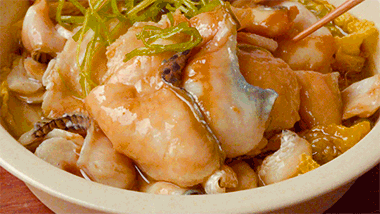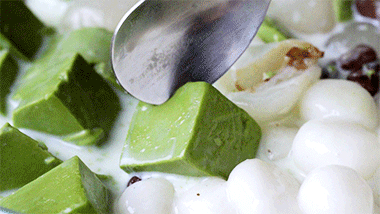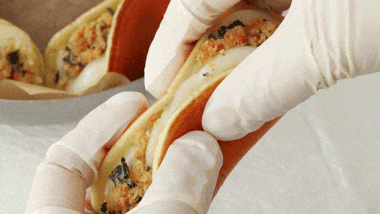So you’re craving steak but want to make it at home? Great choice! But before you heat up the pan, let’s talk about the real secret to restaurant-quality steak: this steak buying guide. You’d be surprised how many people are fooled by fake, cheap, or poor-quality beef. With the help of this steak buying guide, you’ll learn how to choose the right cut and avoid common pitfalls. Let’s fix that.
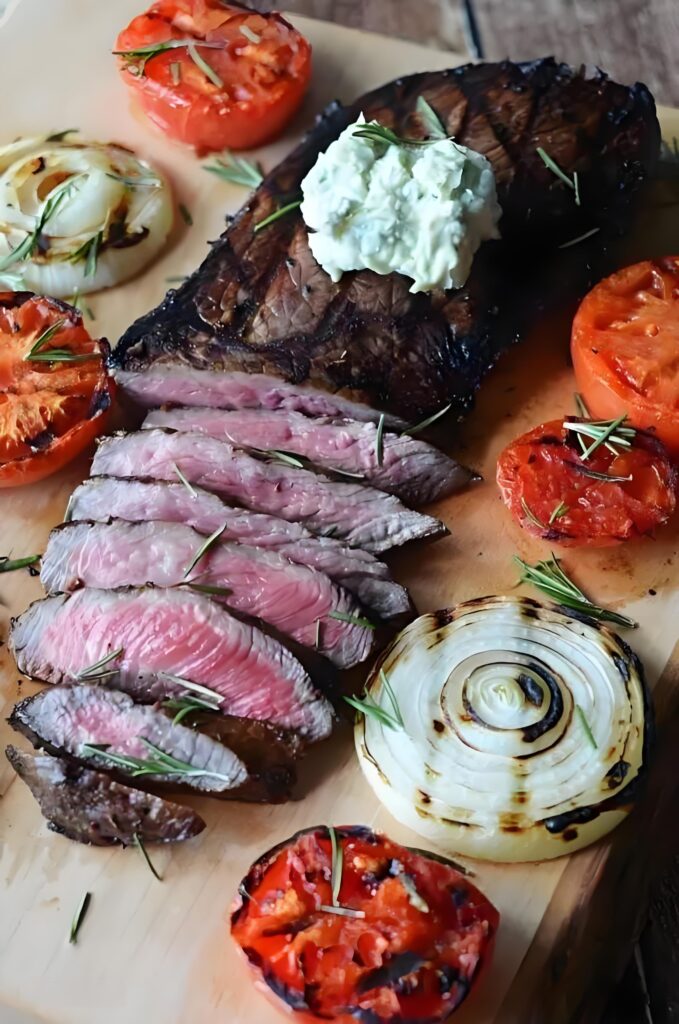
Steaks You Should Never Buy
Not all steaks are created equal — and some aren’t even steak at all. Many best-selling options online seem like a great deal: 10 pieces for $15, free shipping, even with a free knife and fork! Sounds awesome, right? Think again.
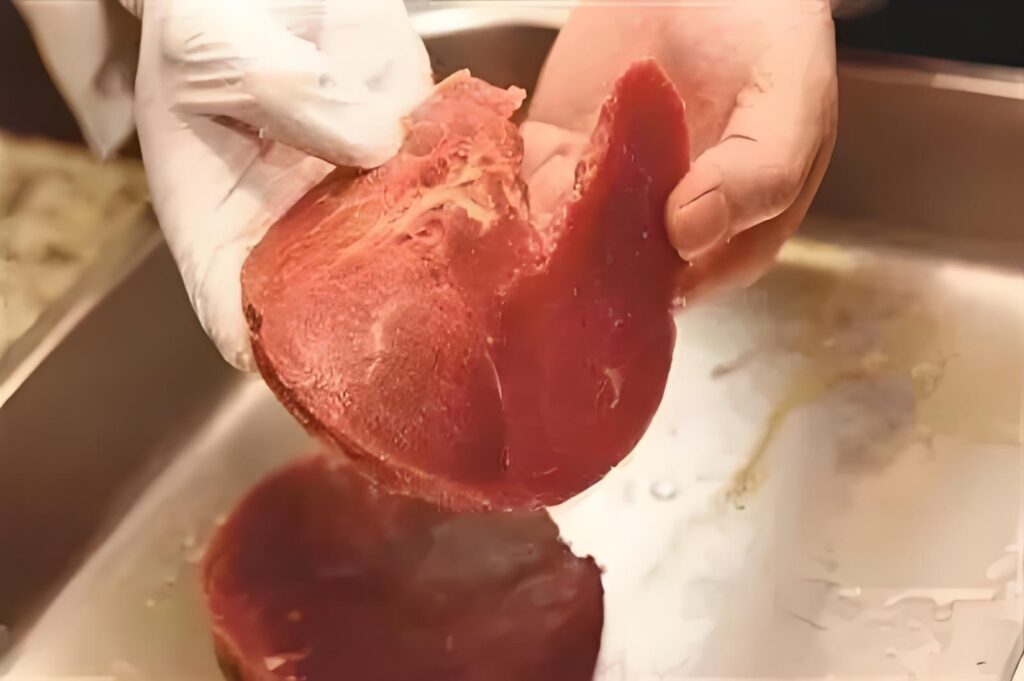
1. Formed (Synthetic) Steak
Just because the label says “steak” doesn’t mean it’s the real deal. These are made by grinding mystery meat (which might be expired, spoiled, or even not beef), mixing it with tenderizers, spices, and meat glue, then shaping it into perfect little discs.
How to spot fake steaks:
- They’re perfectly round and identical in size (real steaks aren’t clones).
- They’re labeled “tenderloin,” but they’re suspiciously cheap.
- Ingredient lists show things like soy protein, carrageenan, or edible glue.
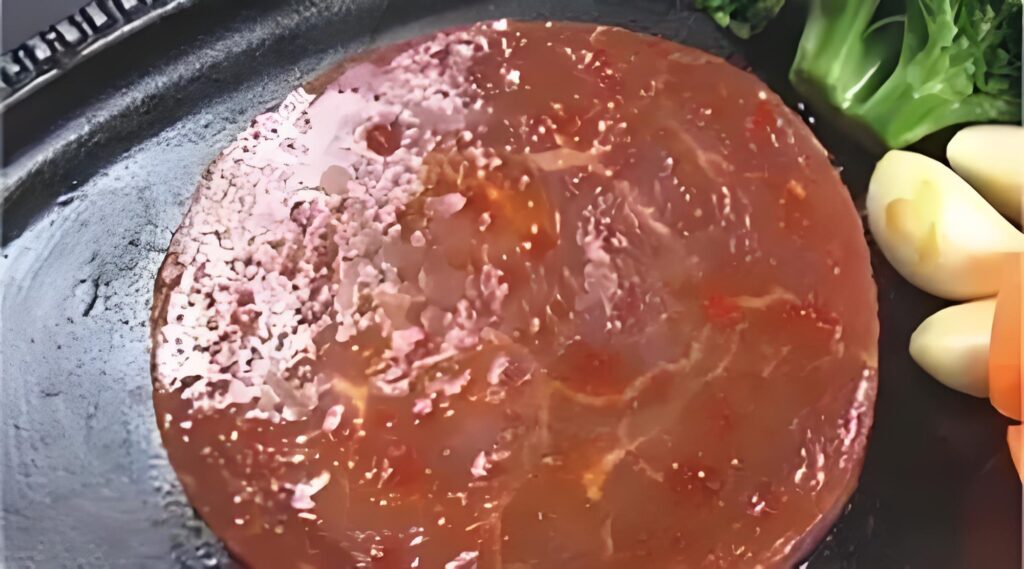
2. Marinated Steak
Convenient? Yes. Healthy? Not so fast. Good beef never needs to be drenched in sauces.
Marinated steaks can hide:
- Low-quality or expired meat.
- Unrecognizable beef cuts.
- Even synthetic or glued-together meat.
Unless you’re sure it’s high-quality beef just lightly seasoned, skip the marinades. The best steaks only need oil, salt, and freshly ground black pepper.
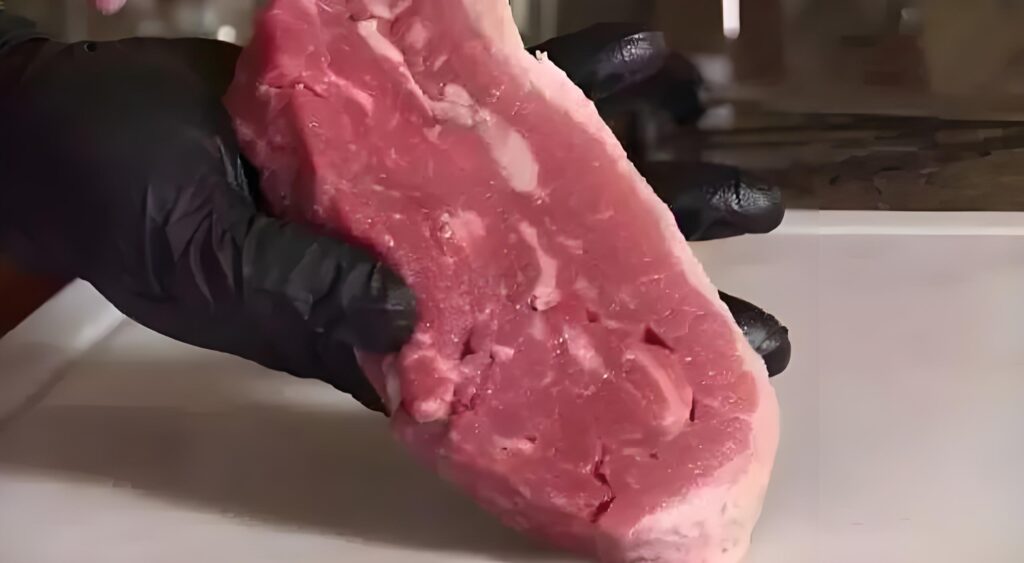
3. Reconstructed Steak (With Meat Glue)
These look like the real deal, but they’re crafted from leftover beef bits glued together using transglutaminase — a legal additive in many countries, but banned in the European Union and Canada for safety reasons.
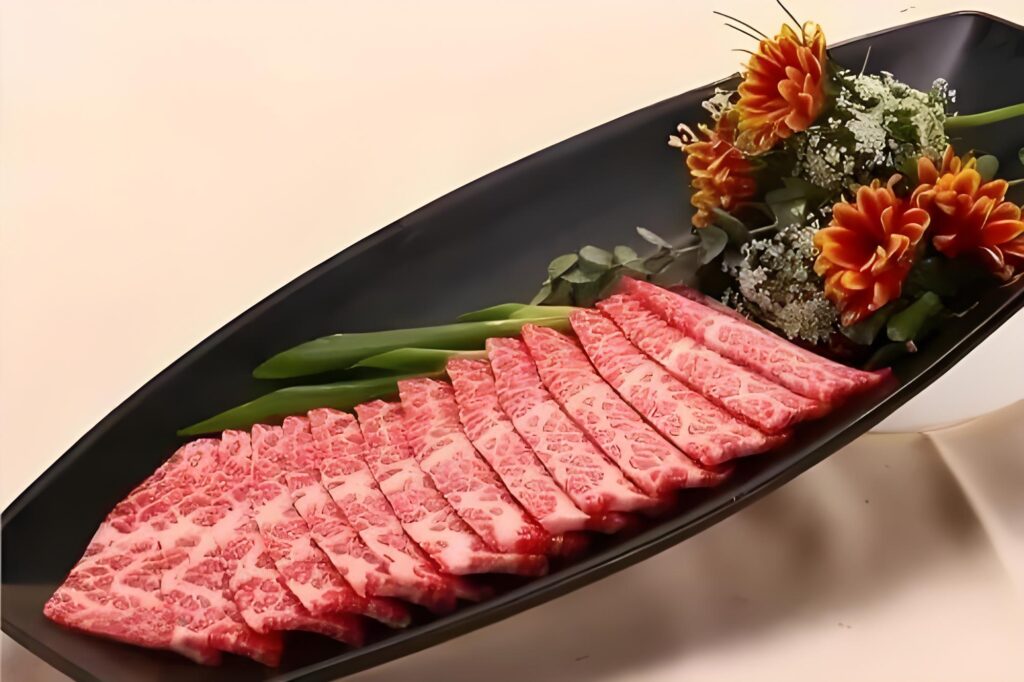
Look for these signs:
- Weird muscle patterns.
- Visible seams or cracks in the meat.
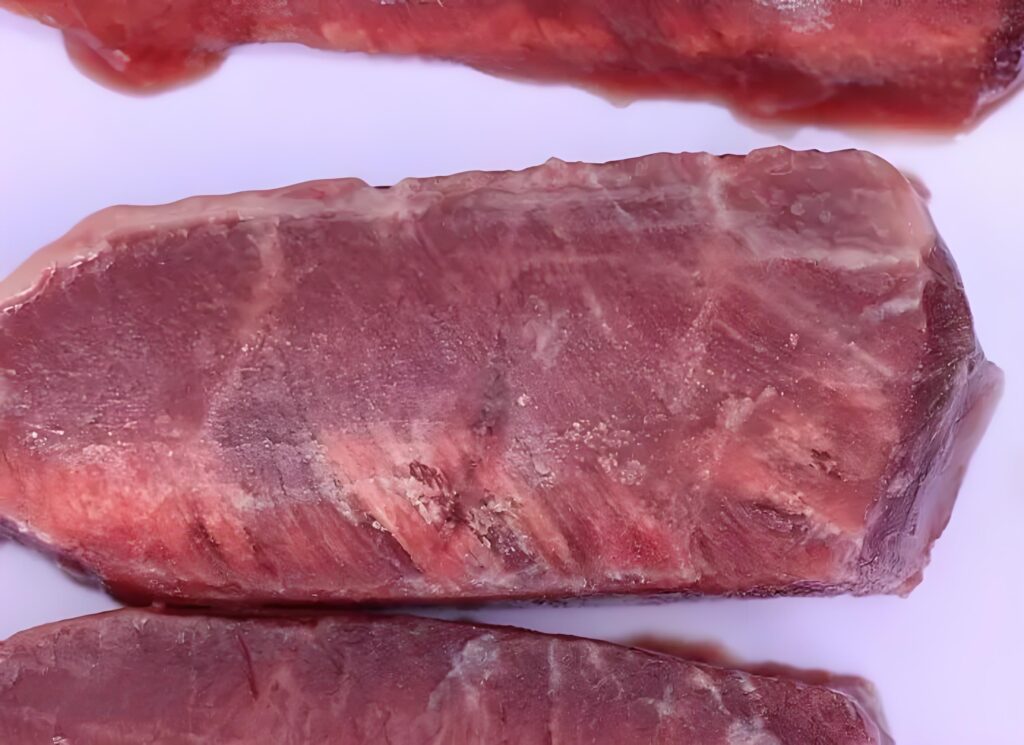
4. Smuggled Beef
China legally imports beef from countries like Australia, New Zealand, Argentina, and a few others. Beef from unauthorized places (like Japan) is likely smuggled — and risky.
Smuggled meat may be:
- Uninspected.
- Improperly stored or thawed.
- Crawling with microbes.
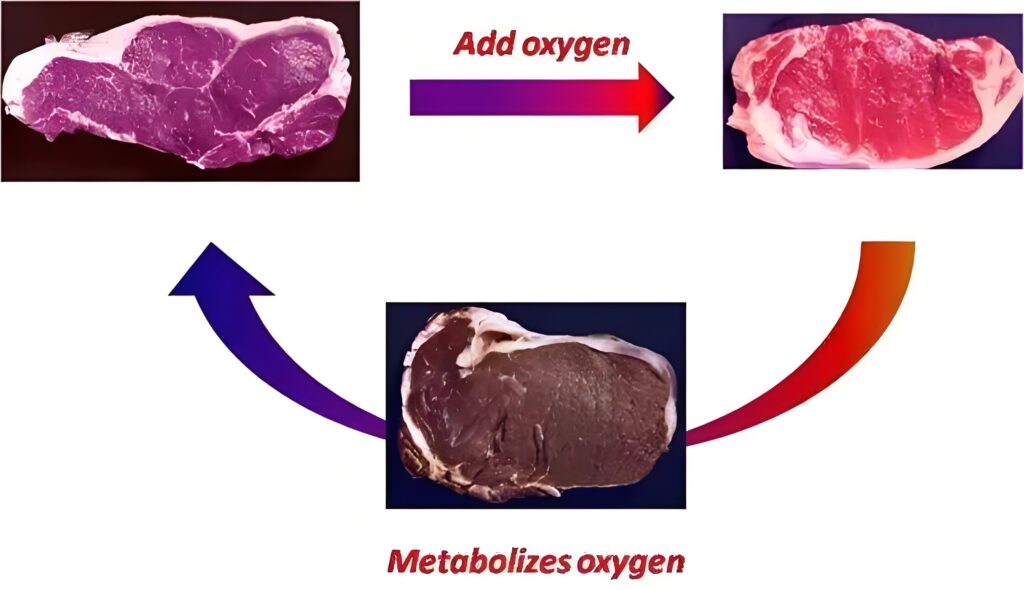
What Makes a Great Steak?
Okay, so you’ve dodged the bad ones. Now let’s talk about how to find amazing steak.
Color Matters
Beef color changes based on exposure to oxygen. Here’s the science:
- Purple-red: Fresh cut, vacuum-packed beef.
- Bright red: Oxygen-exposed, like those in supermarket trays.
- Brown or gray-green: Over-oxidized and possibly stale.
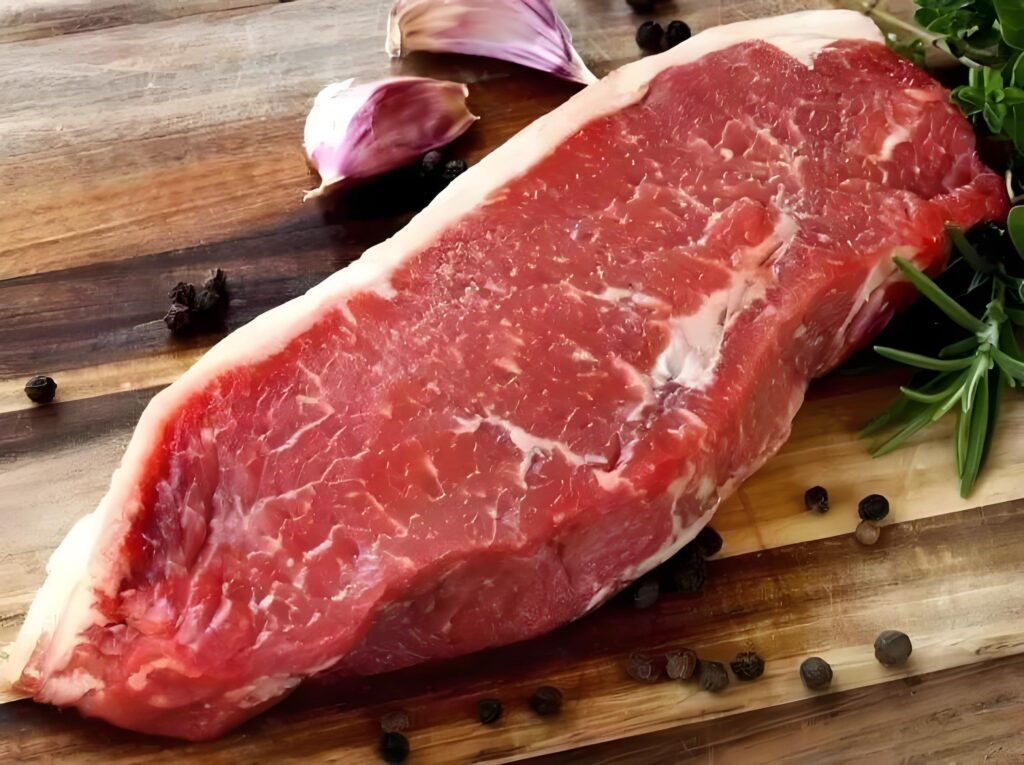
A little browning doesn’t mean it’s spoiled, but it’s not your freshest option either.
Natural Grain & Texture
Real steaks show clear muscle grain, with natural muscle fibers and membranes. If the meat looks chaotic or has no visible grain, be suspicious.
Maturity (Age of the Cow)
Tenderness depends on age. Younger cows (especially female or castrated males) produce finer, softer meat. Ask about the age: 180, 280, 350, or 500 days — the younger, the more tender.
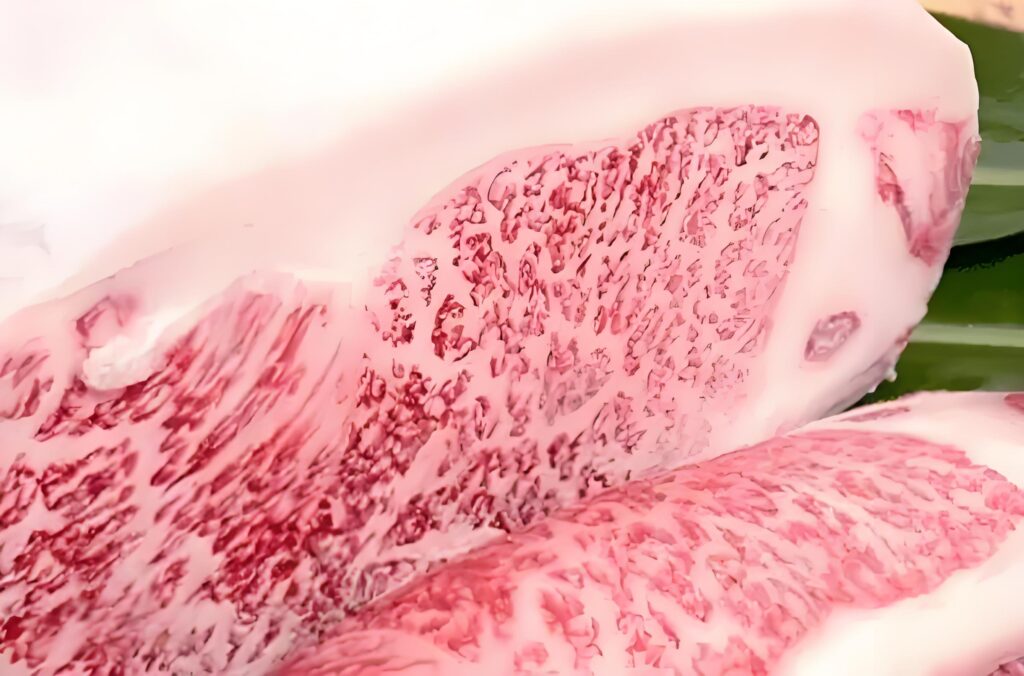
Marbling (Intramuscular Fat)
Marbling is king! These little white streaks of fat melt while cooking, making your steak juicy and flavorful.
High-quality marbling:
- Is creamy white.
- Evenly distributed.
- Doesn’t overpower the meat.
But even perfectly marbled steak can turn dry if overcooked past medium (about 135°F / 57°C).
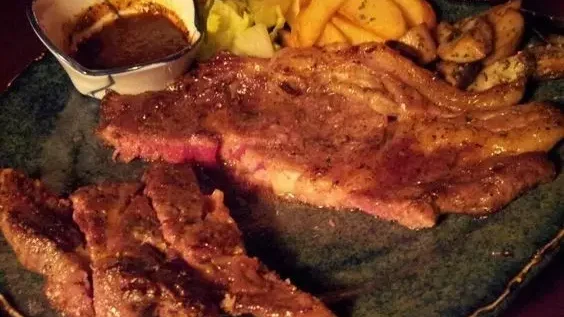
Popular Breeds
- Wagyu: Super-rich, buttery beef known for intense marbling. In China, most Wagyu comes from Australia, not Japan.
- Angus: Still tender, but leaner and meatier than Wagyu. It’s the most common breed in the U.S. and Australia.
Grain-Fed vs. Grass-Fed
What the cow eats changes how the meat tastes.
- Grain-fed: Juicier and fattier. Raised on grains like corn for fast fattening.
- Grass-fed: Leaner, stronger flavor, and takes longer to raise.
Final Tip: You Get What You Pay For
Good steak is never cheap. If it sounds too good to be true — it probably is. Those $1 per piece “steaks” might not even be beef. A solid steak buying guide can help you steer clear of those traps. Invest a little more, follow a trusted steak buying guide, and treat yourself (and your family) to the real thing. Your taste buds will thank you.







